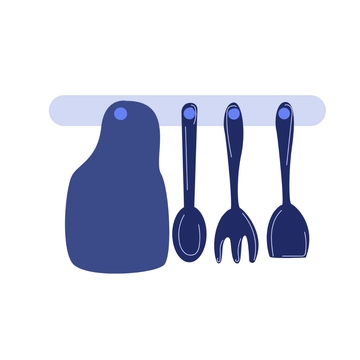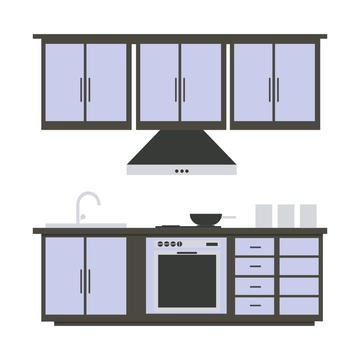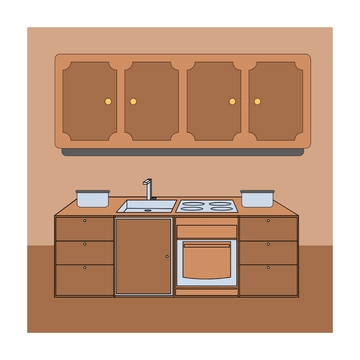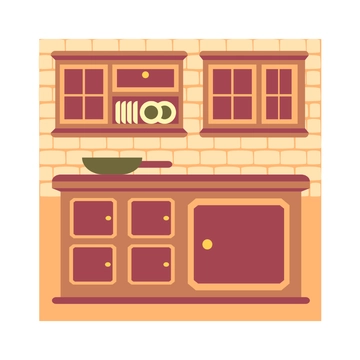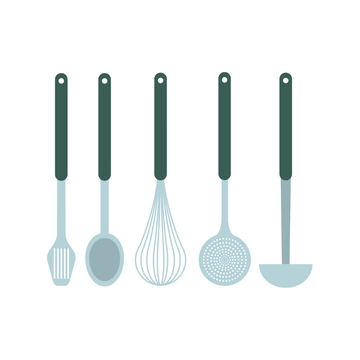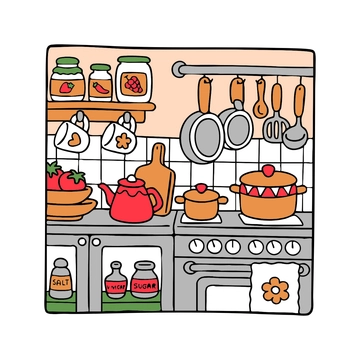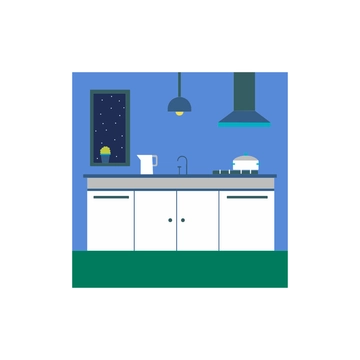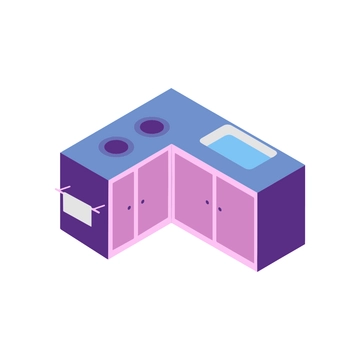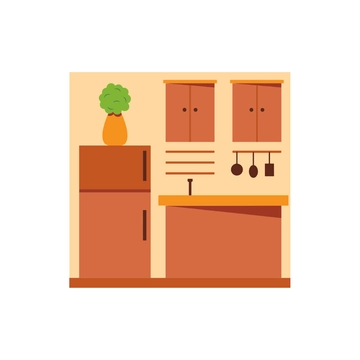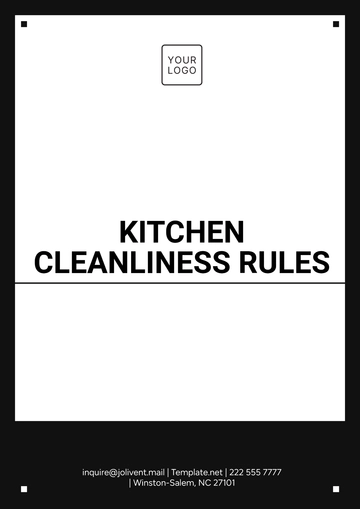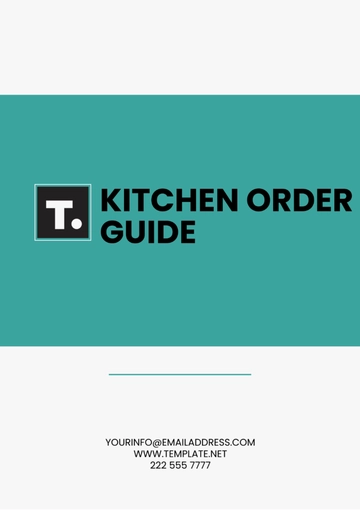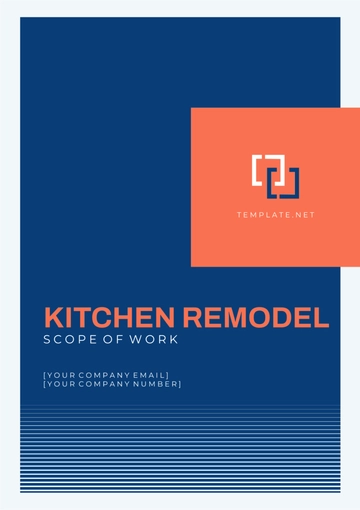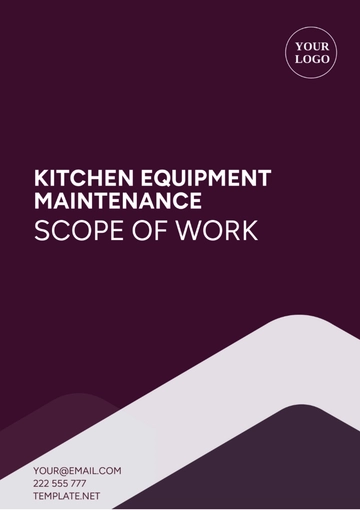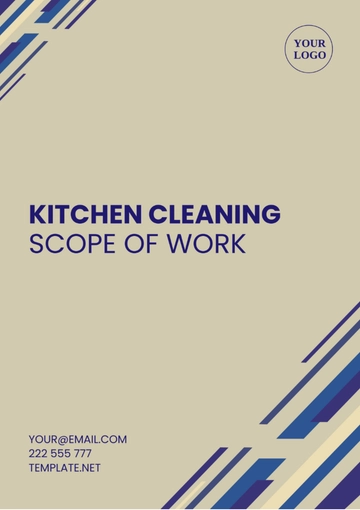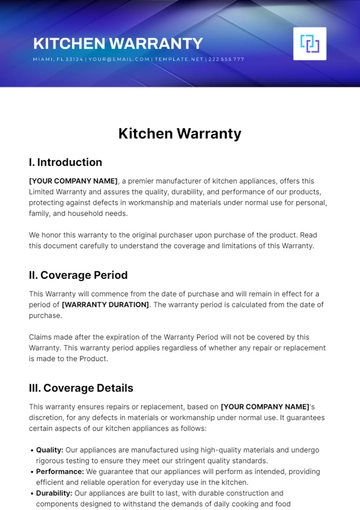Free Kitchen Cleanliness Rules
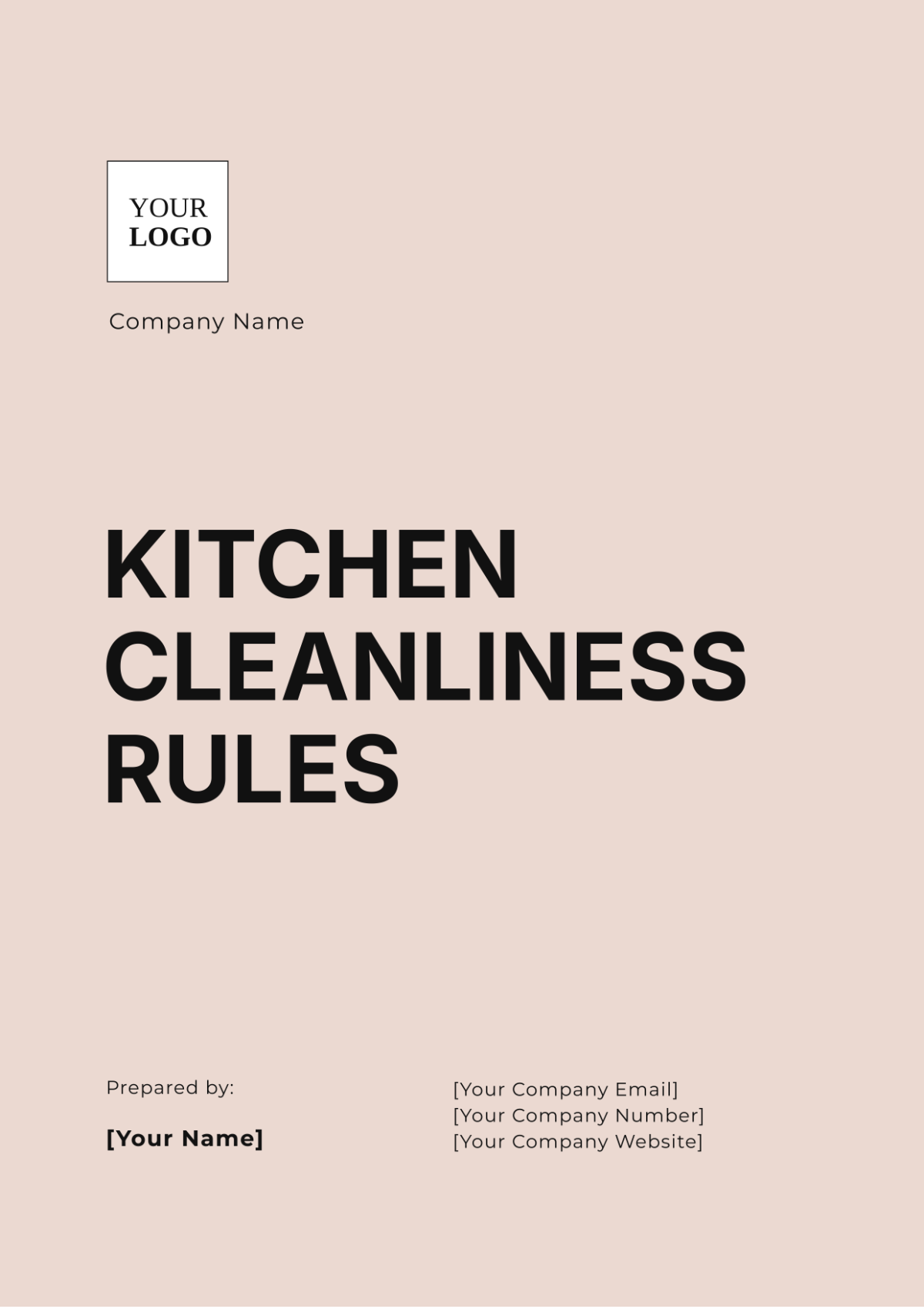
I. Introduction
Maintaining a clean kitchen is vital for food safety, especially in a restaurant environment where high standards are essential. Kitchen Cleanliness Rules help keep [Your Company Name]'s kitchen hygienic, organized, and compliant with health regulations. They provide clear guidance for staff on daily tasks and best practices in food handling. Implementing these guidelines not only reduces the risk of foodborne illnesses but also boosts operational efficiency and ensures a safe and welcoming environment for both employees and diners.
II. General Cleaning Procedures
A. Daily Cleaning Tasks
Surfaces: Clean countertops, cutting boards, and tables using approved sanitizers.
Floors: Sweep and mop floors with appropriate cleaning solutions.
Sinks: Wash and sanitize sinks after each use.
Trash: Empty trash bins and sanitize them; replace liners.
B. Weekly Cleaning Tasks
Refrigerators: Clean interior shelves and drawers; check for expired items.
Ovens and Stoves: Clean surfaces and remove grease build-up.
Walls: Wipe down walls to remove splashes and spills.
Windows: Clean windows and door glass inside and out.
C. Monthly Cleaning Tasks
Hood Filters: Clean or replace filters in ventilation hoods.
Deep Cleaning Equipment: Thoroughly clean ovens, grills, and fryers.
Storage Areas: Organize and clean the pantry and storage shelves.
III. Sanitizing Practices
A. Surface Sanitization
Frequency: Sanitize surfaces after each use or spill.
Methods: Use a sanitizing solution approved for food contact surfaces.
Tools: Use clean cloths or disposable wipes for application.
B. Equipment Sanitization
Utensils: Wash and sanitize utensils before and after use.
Cutting Boards: Sanitize cutting boards between uses for different foods.
Dishwashers: Ensure dishwashers reach the required temperatures for sanitization.
IV. Personal Hygiene
A. Handwashing
Frequency: Wash hands before and after handling food, using the restroom, or touching waste.
Technique: Use soap and water, scrubbing for at least 20 seconds.
Drying: Dry hands with disposable paper towels or a clean air dryer.
B. Protective Clothing
Uniforms: Wear clean, appropriate uniforms or aprons.
Gloves: Use gloves for handling raw foods and change them frequently.
Hair Restraints: Use hairnets or hats to prevent hair from contaminating food.
V. Food Handling
A. Storage
Temperature: Store perishable items at proper temperatures (below 40°F for refrigeration).
Labeling: Label food with preparation dates and use-by dates.
Separation: Keep raw and cooked foods separate to prevent cross-contamination.
B. Preparation
Cleanliness: Ensure all preparation surfaces are sanitized before use.
Handling: Use clean utensils and avoid touching food with bare hands.
VI. Equipment Cleaning
A. Regular Maintenance
Cleaning Schedule: Follow a regular cleaning schedule for all equipment.
Inspection: Check for signs of wear or damage and address issues promptly.
B. Specific Equipment
Refrigerators and Freezers: Clean gaskets and trays; ensure proper functioning.
Blenders and Mixers: Disassemble and clean after each use.
VII. Waste Management
A. Garbage Disposal
Containers: Use covered bins for food waste and sanitize regularly.
Disposal: Dispose of garbage promptly to avoid accumulation.
B. Recycling
Separation: Separate recyclables from non-recyclables.
Collection: Ensure recyclables are collected and processed correctly.
VIII. Record Keeping
A. Documentation
Cleaning Logs: Maintain logs of daily, weekly, and monthly cleaning tasks.
Inspection Reports: Record results of cleanliness inspections and actions taken.
Training Records: Document staff training on cleanliness and hygiene procedures.
B. Review and Updates
Periodic Review: Regularly review and update cleanliness rules as needed.
Compliance: Ensure that records demonstrate adherence to cleanliness standards.
IX. Conclusion
Following kitchen cleanliness rules is crucial for safety and efficiency. These rules prevent contamination, ensure food safety, and maintain high hygiene standards. They help minimize foodborne illnesses, improve operations, and keep the workspace clean. Regular updates keep the rules effective and aligned with best practices, promoting kitchen excellence.
- 100% Customizable, free editor
- Access 1 Million+ Templates, photo’s & graphics
- Download or share as a template
- Click and replace photos, graphics, text, backgrounds
- Resize, crop, AI write & more
- Access advanced editor
Introducing the Kitchen Cleanliness Rules Template from Template.net—a must-have for maintaining a spotless kitchen. This editable template is customizable to suit your specific needs, ensuring cleanliness with ease. Easily tailor it using our AI Editor Tool for a personalized touch. Simplify kitchen management and uphold hygiene standards with this versatile solution.


